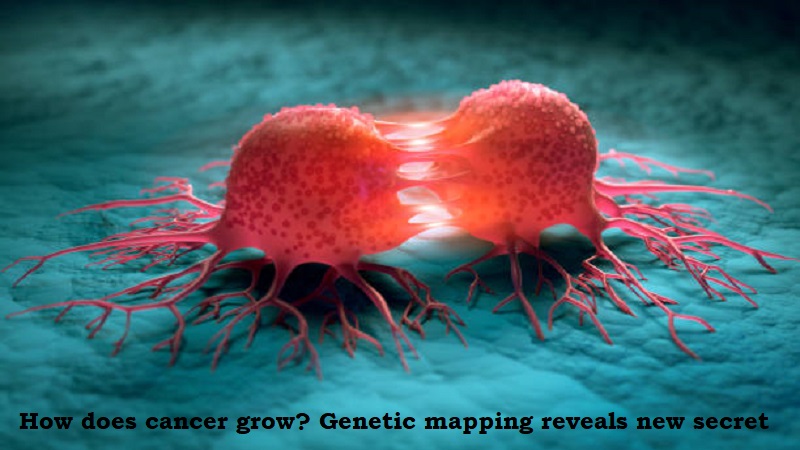
Understanding which cells give rise to various types of cancer could help in developing early treatments and measures to stop its spread. Cancer is one of the worst diseases in the world.
A cross-sectional map of the entire prostate has been made by researchers, showing both regions with healthy cells and those with malignant cells.
Individual prostate tumours contain a hitherto unrecognised spectrum of genetic variation, according to research from the University of Oxford, the Karolinska Institutet, Solna, Sweden, and KTH Royal Institute of Technology.
They employed spatial transcriptomics, which enabled them to observe genetic alterations without dissecting the tissue under study.
According to a study that appeared in the journal Nature, pinpointing the point at which benign tissue changes into malignant tissue is essential for enhancing early cancer detection.
Older methods require obtaining a sample from the diseased area and analysing the DNA to investigate the genetics of cells with tumours, thus the new technique may open the door for better therapy. However, because some malignancies, like prostate cancer, are three-dimensional, a single sample would only provide a very brief overview of the tumour.
‘Mapping thousands of tissue regions in a single experiment is an unprecedented approach to deconvolute the heterogeneity of tumours and their microenvironment. This high-resolution view impacts our way of addressing complex ecosystems such as cancer. The possibility to identify early events is particularly exciting going forward,’ Professor Joakim Lundeberg of KTH Royal Institute of Technology said.

Post Your Comments